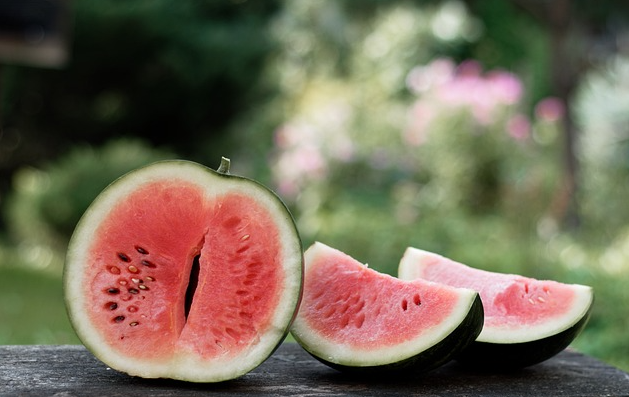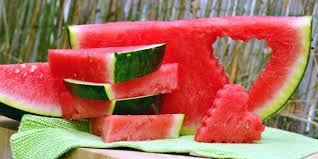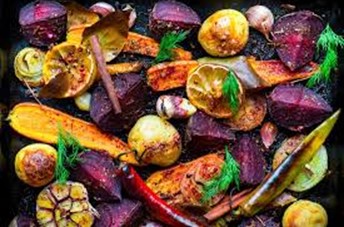In principle, when I am offered watermelon in April, I am suspicious. Spring may have come early this year, but watermelon is a summer fruit and usually before the month of June, watermelons are not at their peak. But every rule has exceptions – in recent decades, new agricultural methods have been developed, including growing watermelons under polyethylene sheets. This development allows watermelons to be grown in areas that are considered too hot.
Watermelon does like heat, but in moderation. Therefore, in certain parts of the Land of Israel, watermelons have been grown for hundreds of years, and in the 19th century, this branch became a central crop for fellahin who lived in the lowlands and coastal plain.
The watermelons were transported on rafts along the Alexander River to the mouth of the sea (in today's Hadera area), where a small sailing ship port called Minat Abu Zubura operated, whose sole purpose was to export Israel's wonderful watermelons to Egypt.

But watermelon cultivation focused on specific geographic areas; in the southern Negev and Arava, the weather was too hot and water was too rare and expensive. It took another 150 years and there were a handful of visionary farmers who chose to challenge the old axioms with the help of polyethylene sheets.
The fact that in the Arava even spring sometimes feels like summer allowed the watermelon season to be moved up even to mid-March. So yes, if the watermelon comes from the Arava, and of course – from organic cultivation, it can be close to perfect. Even in April.
In general, Israel is a watermelon superpower, and the local varieties excel in two desirable traits: they contain a lot of sugar and very few seeds. I have noticed that many of the younger generation who grew up in the 21st century think that watermelon is a seedless fruit. The situation is so serious that many of them cannot understand the mythological nonsense riddle: "What is green on the outside, red on the inside, and has watermelon seeds?"
The fact that most Israelis think watermelon is a seedless fruit is not trivial. For comparison, in most of the world, people will still understand the joke. In short, we have been blessed and have developed enviable varieties – seedless, sweet as can be, and fiery red.

On the last point, it is worth elaborating, because it is not just an aesthetic matter (and of course a very red watermelon is a spectacular thing). The redder the watermelon, the higher the concentration of lycopene in it. As you have probably guessed, lycopene is the pigment that colors the watermelon (as well as fruits like tomatoes) red; but it is also a powerful antioxidant essential for health.
So yes, if the watermelon comes from the Arava, it is ripe even now. I do not know about you, but I have missed it; since the end of summer, I have not eaten a worthy watermelon, so now excuse me because I have a strong need to eat watermelon together with Bulgarian cheese.








